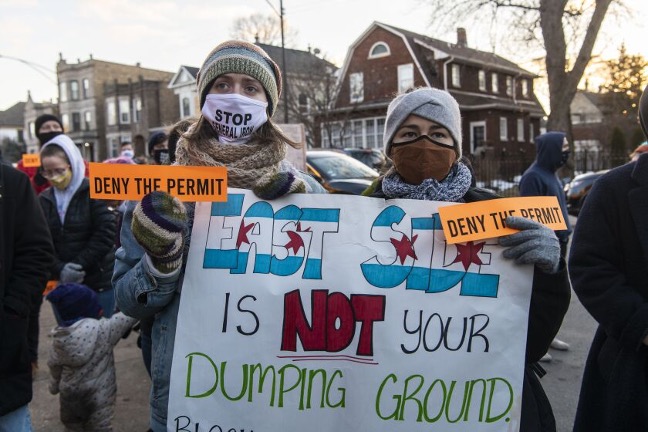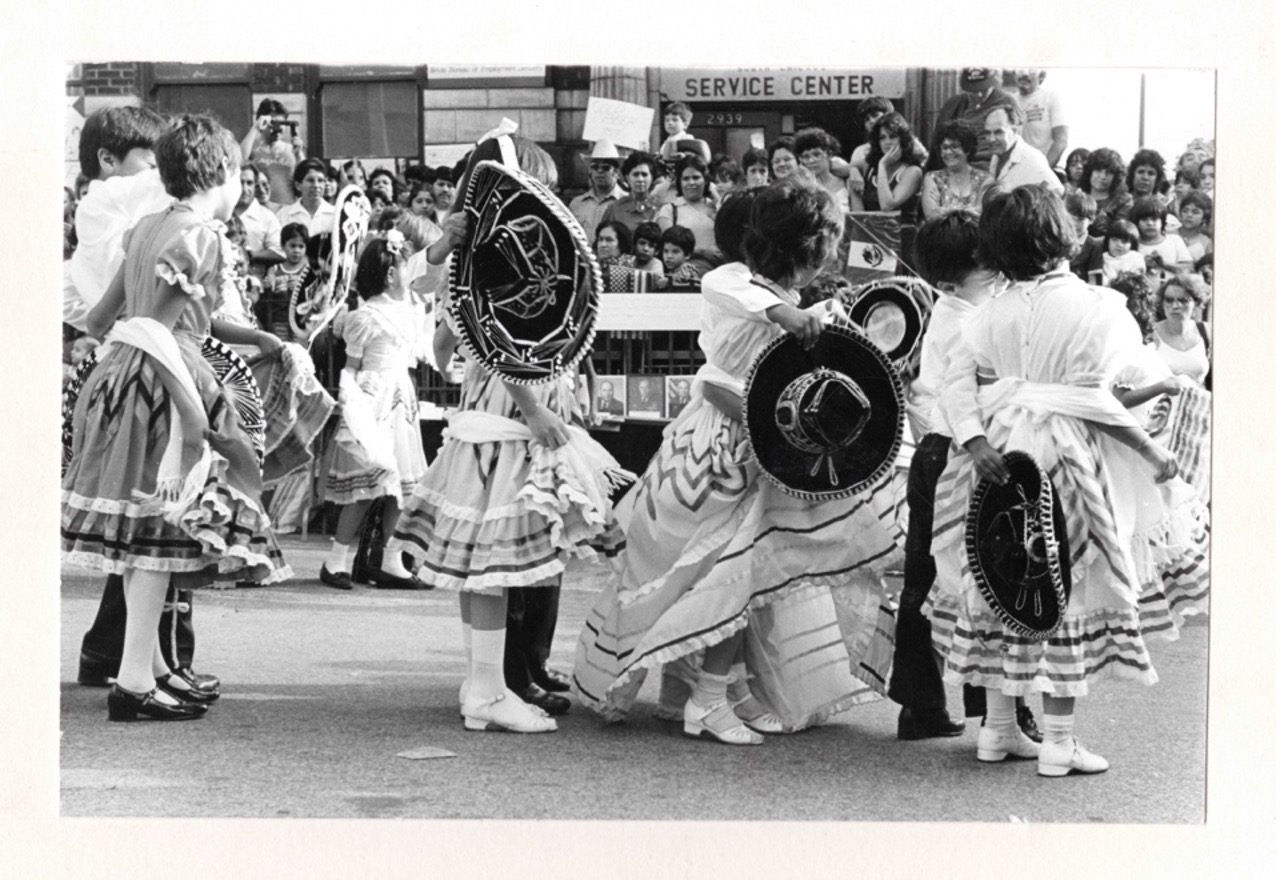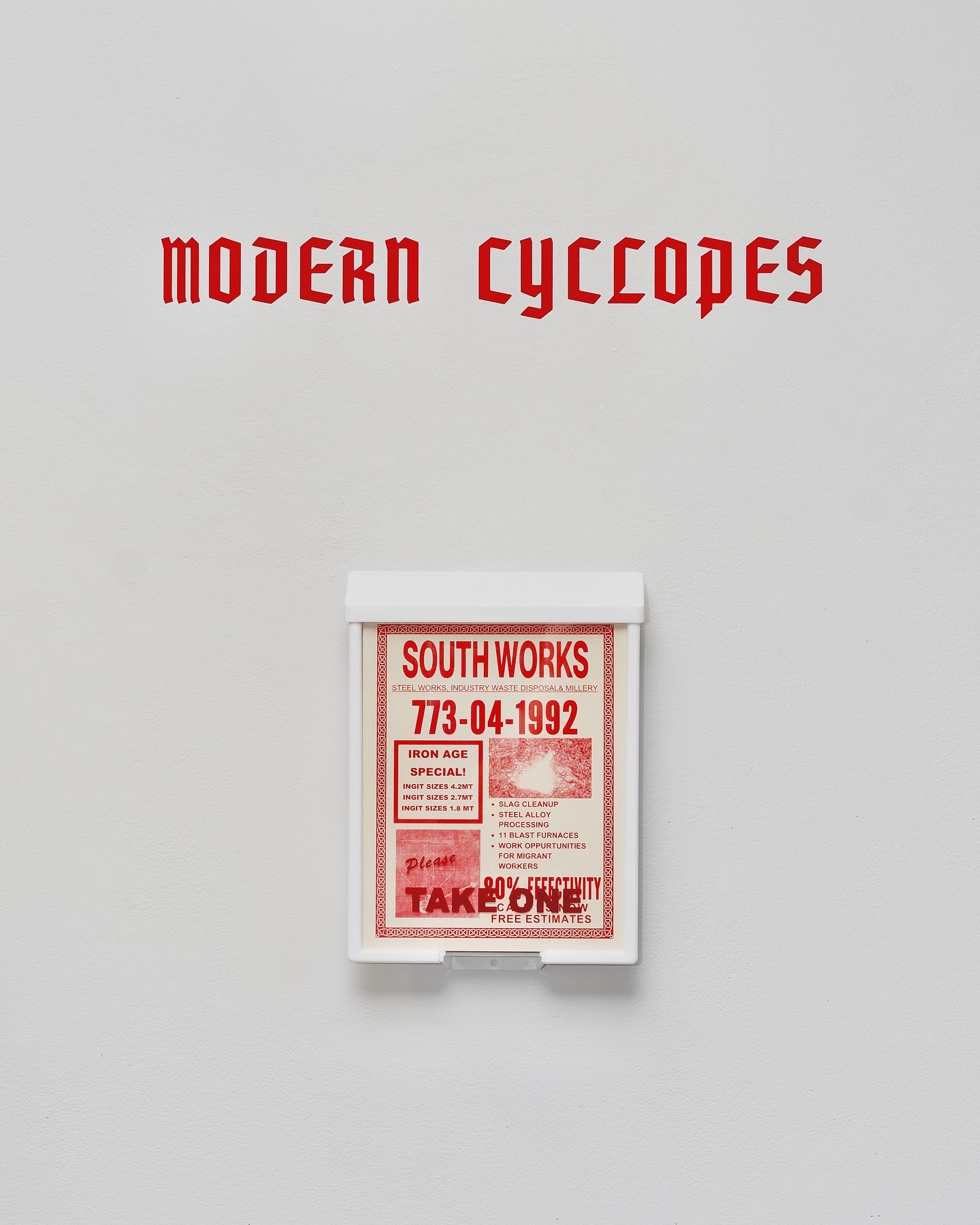This project is in-progress. Completion pending 2026.
Foundry Echoes
Memory, Environmental Justice, and Cultural Heritage in Chicago's South East Side
Chicago's South East Side bears witness to a storied history deeply intertwined with the rise and fall of the steel industry. Once a bustling hub of industrial activity, the region was home to a network of steel mills that powered the city's economic engine, driving growth and prosperity for generations. Yet, beneath the veneer of progress lay a darker truth—one marked by environmental degradation, public health crises, and the systemic marginalization of communities of color.
For decades, residents of the South East Side have borne the brunt of industrial pollution, facing heightened risks of respiratory illnesses, cancer, and other adverse health effects. The steel mills, with their towering smokestacks and billowing plumes of toxic emissions, cast a long shadow over the landscape, leaving a legacy of contamination and environmental injustice that continues to reverberate today.
![]()
Activists protest the proposed relocation of General Iron to the Southeast Side of Chicago in 2021 Photo: Tyler Pasciak LaRiviere / Sun-Times.
In recent years, however, the South East Side has emerged as a focal point of grassroots organizing and community resistance against environmental racism. Led by local activists like Oscar Sanchez and other residents, campaigns such as the #StopGeneralIron movement have mobilized community members to demand accountability from polluters and advocate for clean air, safe water, and a healthier future for all.
![]()
![]()
At its heart, Foundry Echoes seeks to reclaim the forgotten narratives of Mexican-American migrant laborers who toiled in the shadows of Chicago's towering steel mills, their contributions often overshadowed by the industry that shaped their lives. Through a dynamic fusion of archival imagery, oral histories, and interactive installations, the project aims to resurrect memories, honoring their enduring legacy and shedding light on the impacts of industrialization on migrant communities
For decades, residents of the South East Side have borne the brunt of industrial pollution, facing heightened risks of respiratory illnesses, cancer, and other adverse health effects. The steel mills, with their towering smokestacks and billowing plumes of toxic emissions, cast a long shadow over the landscape, leaving a legacy of contamination and environmental injustice that continues to reverberate today.

Activists protest the proposed relocation of General Iron to the Southeast Side of Chicago in 2021 Photo: Tyler Pasciak LaRiviere / Sun-Times.
In recent years, however, the South East Side has emerged as a focal point of grassroots organizing and community resistance against environmental racism. Led by local activists like Oscar Sanchez and other residents, campaigns such as the #StopGeneralIron movement have mobilized community members to demand accountability from polluters and advocate for clean air, safe water, and a healthier future for all.

Our Lady of Guadalupe [Chicago’s First Mexican-American Church] celebrating laying the cornerstone of a new school N.d. Southeast Chicago Historical Project (SCHP).

Our Lady of Guadalupe dedication ceremony, 1928. Southeast Chicago Historical Project (SCHP).
At its heart, Foundry Echoes seeks to reclaim the forgotten narratives of Mexican-American migrant laborers who toiled in the shadows of Chicago's towering steel mills, their contributions often overshadowed by the industry that shaped their lives. Through a dynamic fusion of archival imagery, oral histories, and interactive installations, the project aims to resurrect memories, honoring their enduring legacy and shedding light on the impacts of industrialization on migrant communities

Children dancers in Mexican Independence Day Parade, 1981. Southeast Chicago Historical Project (SCHP).
As the land lay in disarray, ravaged by pollution and neglect, one of Chicago’s first Mexican-American communities emerged, forged in the crucible of struggle and solidarity. Yet, even as these communities thrived, their stories remained hidden— erased from the relentless march of progress for which Chicago is known.

US Steel Corp Office. DePaul University Archives, Chicago IL, Lincoln Park Conservation Association Collection.

ID badge of P. Martinez, South Works.
N.d. Southeast Chicago Historical Project (SCHP).
N.d. Southeast Chicago Historical Project (SCHP).
As part of Miguel Limon's ongoing exploration of identity, heritage, and migrant labor, Foundry Echoes builds on the success of previous projects like Hogares Perdidos (Lost Homes), weaving together personal narratives, archival materials, and artistic interventions to create interdisciplinary images that anatomize the effects of the past on the quotidian realities of the present self and body.

Corpus [South Works Ruins]. 2019. Miguel Limon, Archival Inkjet, 16” x 20”.
Foundry Echoes is more than a mere retrospective—it is a call to action, a rallying cry for justice in the face of environmental injustice and systemic inequity. Participants engaging with the project are invited to reflect on their own roles in shaping the future of their communities. They will envision a world where memory, labor, and environmental justice converge in harmony, animating the land and concrete ruins not only as archival material but also as monuments dedicated to those who have shaped—and continue to shape—the past and present.

South Works (Modern Cyclopes), 2024. Vegtable Ink on Paper, Vinyl Lettering, Acrylic Box.
Made possible with support from:
